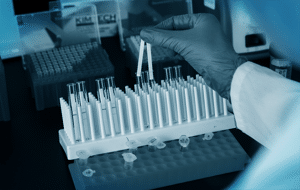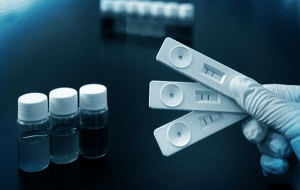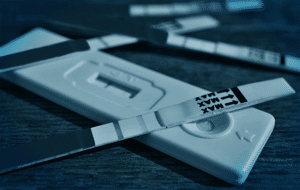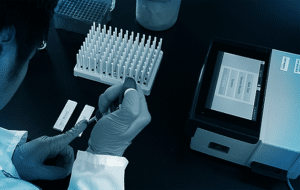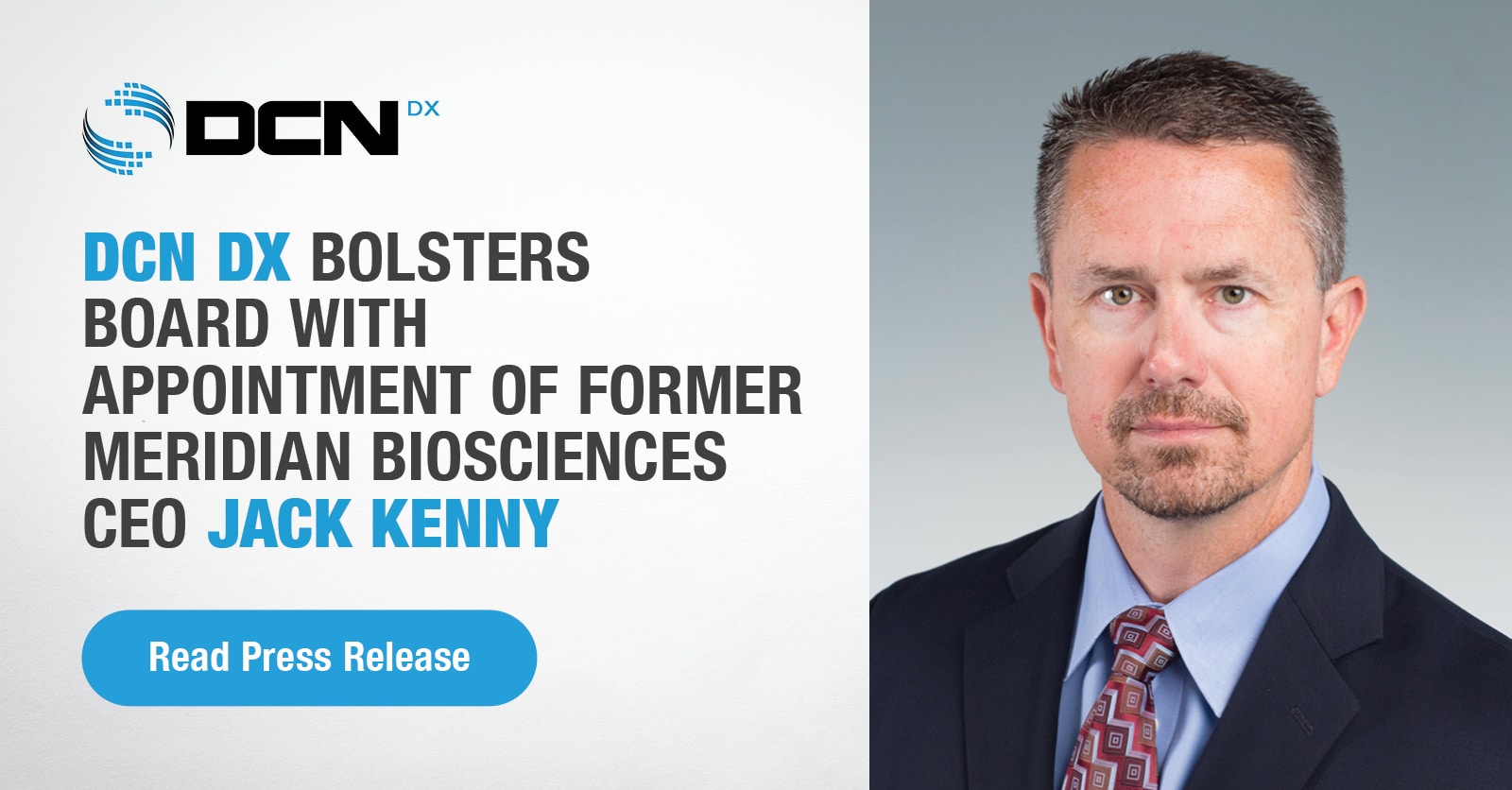Make or Buy an Anitibody?
- By George Parsons, Ph.D.
- June 13, 2019
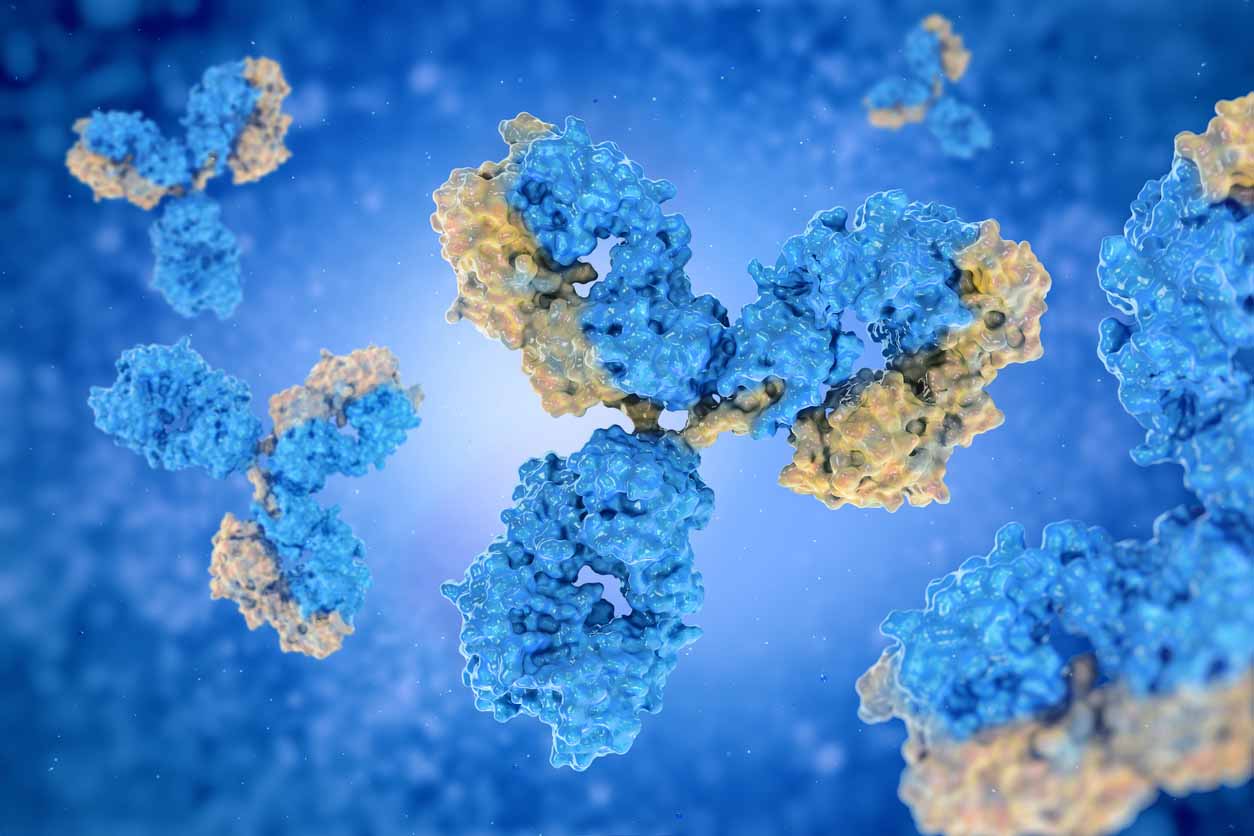
To make or buy an antibody? Good question.
To develop an immunodiagnostics test, you need an antibody. Assuming you’ve done your homework to specify the characteristics of the antibody you need, a classic business decision must be made: do you make or buy an antibody?
Buying an antibody off-the-shelf is certainly the fastest route to getting that critical reagent. All the expensive and time-consuming work of generating an antibody has already been done. Someone else has assumed the risk that a particular antibody generation campaign might not work or may not have worked the first time. An online search for a mouse monoclonal antibody to human hemoglobin for a lateral flow assay produced 76 candidate antibodies in seconds. A similar search for hemoglobin monoclonals for ELISA produced 456 results. Clicking on a particular monoclonal will bring you to the vendor’s website with information on the purification method (if any), isotype, purity, storage buffer, vial sizes and cost. “Linscott’s Directory of Immunological and Biological Reagents” is one excellent resource for finding the necessary antibody.
As attractive as buying an off-the-shelf antibody sounds, there are some drawbacks to this approach. When you buy an antibody from a catalog, continued supply is a calculated gamble. A critical question to ask the vendor is: “Do you audit the antibody supply?” If the answer is yes, then the manufacturing process for making the antibody can be examined in person or on paper to ensure long-term viability of its supply. If the answer is no, the risk of using that antibody increases considerably. Most major diagnostic companies consider not being able to audit an antibody supplier a showstopper.
In the early stages assay development for a new analyte, the antibody you need may not be commercially available yet. In this case, the alternative to an off-the-shelf purchase is to scour the literature to what has been published on an antibody or assay of interest. If the authors are academics, they may be willing to make their antibody available. Sometimes this can be done informally with the scientists who developed the antibody, but more usually this will involve the technology transfer or business development office of the institution that owns the antibody. Depending on how the antibody will be used, securing a clear legal pathway for access may be advisable. There is no sense in investing time and energy developing an assay around a critical reagent if then is no legal guarantee of continued access.
Academic institutions are not well equipped to ensure continuous supply of antibodies. Even if you secure access to a novel antibody for evaluation, the process should not stop there. Efforts to license the cell line should follow the successful evaluation of the antibody, and then that cell line should be transferred to a commercial entity that is experienced in antibody production. There the cell line will be tested for pathogens that could eventually affect yield, monoclonality, isotype and other parameters. A master cell bank and a working cell bank will be established to ensure reliable continued production. Offsite storage of some of the master cell bank is insurance against a disaster (fire, flood, extended power outage) at the primary storage facility. This process can be expensive but not as expensive as redeveloping and revalidating an assay if a critical raw material is no longer available.
Buying catalog antibodies is also expensive. Relatively common antibodies—those with hundreds of candidate antibodies—can often be found for several hundred dollars per milligram. At a coating concentration of 3 ug/mL with a coating volume of 100 uL, a milligram of antibody translates into more than 3000 microtiter wells or several thousand lateral flow strips. Less common antibodies can command prices of thousands of dollars per milligram.
You can often achieve lower per milligram antibody costs by investing in the development of your own antibodies. The first step in generating your own antibodies is securing a reliable supply of the antigen in question. For small molecules, such as drugs and hormones, this requires some organic chemistry to attach the analyte or more often an analog of the analyte to a carrier protein. Molecules with a molecular weight of less than 6000 daltons are not immunogenic unless coupled to a carrier protein. A favorite carrier protein is Keyhole Limpet Hemocyanin (KLH), which is isolated from the hemolymph fluid of a mollusk that lives off the coast of California. It is highly immunogenic, has many accessible chemical attachment moieties and has a molecular weight of approximately 390 kD. To source human protein antigens, researchers often start with either human tissues, cell cultures or body fluids such as urine, amniotic fluid, semen or blood as a raw material. Note that the protein antigen, drug or hormone is also required for calibrators and controls.
Next comes the immunization campaign itself, in which multiple rabbits, mice or goats are injected with the antigen in a carefully prepared cocktail to boost the immune response. One popular mixture is Freund’s Complete Adjuvant. Multiple animals are used because some animals do not produce usable antibodies and failures of entire antibodies campaigns are not uncommon. Multiple boosts at multi-week or monthly intervals are needed to increase the quantity and affinity of the antibody. Some mouse monoclonal antibodies can be obtained in as little as three months. The same cell banking precautions as described above for purchased antibodies should be done for newly developed antibodies. Polyclonal can take 6-9 months to mature and then developing a pool from periodic bleeds can take a few months more. This work can be done in-house if the facilities and expertise are available; otherwise, multiple vendors can provide these services. Polyclonal campaigns can cost as little as $1,000 for a relatively simple small molecule antigen. Monoclonals are more complicated and, as a result, more expensive, with campaign costs averaging $6,000-15,000.
How do you decide which route to take? One decision-making approach is to make an Excel model of the two different antibody procurement paths and a likely outcome in terms of sales and net revenues. Consider your development costs, the timing of when the product will be marketed, and R&D costs as factors. The production cost per test, including the antibody costs, should also be inputs. Costs are entered as negative numbers and revenues are entered as positive numbers over a number of years. Negative development cash flows in the beginning are hopefully balanced out by positive revenues in later years.
Making an antibody incurs greater costs in the beginning and lower antibody costs over time. Buying an antibody trades higher antibody costs over time for lack of antibody development costs upfront and has a time-to-market advantage. All of these uneven cash flows can be combined in a net present value (NPV) function embedded in Excel. NPV takes into account that $100 today is worth more than a promise of $100 next year. The NPV calculation includes an estimate of the cost of money or discount rate. A discount rate of 5% can be used for relatively low risk assays (existing market, little competition) and a higher rate of 15% or higher can be used for a newer analyte of unproven value. The NPV function calculates the sum-total effect of all of the variables and can provide guidance for this antibody procurement decision.
Note that an NPV model can also shed light on the advisability of a hybrid model, in which an early entry assay is developed with a purchased antibody, which is then followed by a cost-reducing, newly developed antibody assay. Just be sure to include the costs of redevelopment and revalidation (and, in some, cases re-registration) of the new assay. Also consider the opportunity cost of allocating your resources on this project versus what they could develop instead.
DCNovations (products by DCN Dx) offers a wide selection of antibodies for your assay – shop now!
Latest News
March 18, 2024
